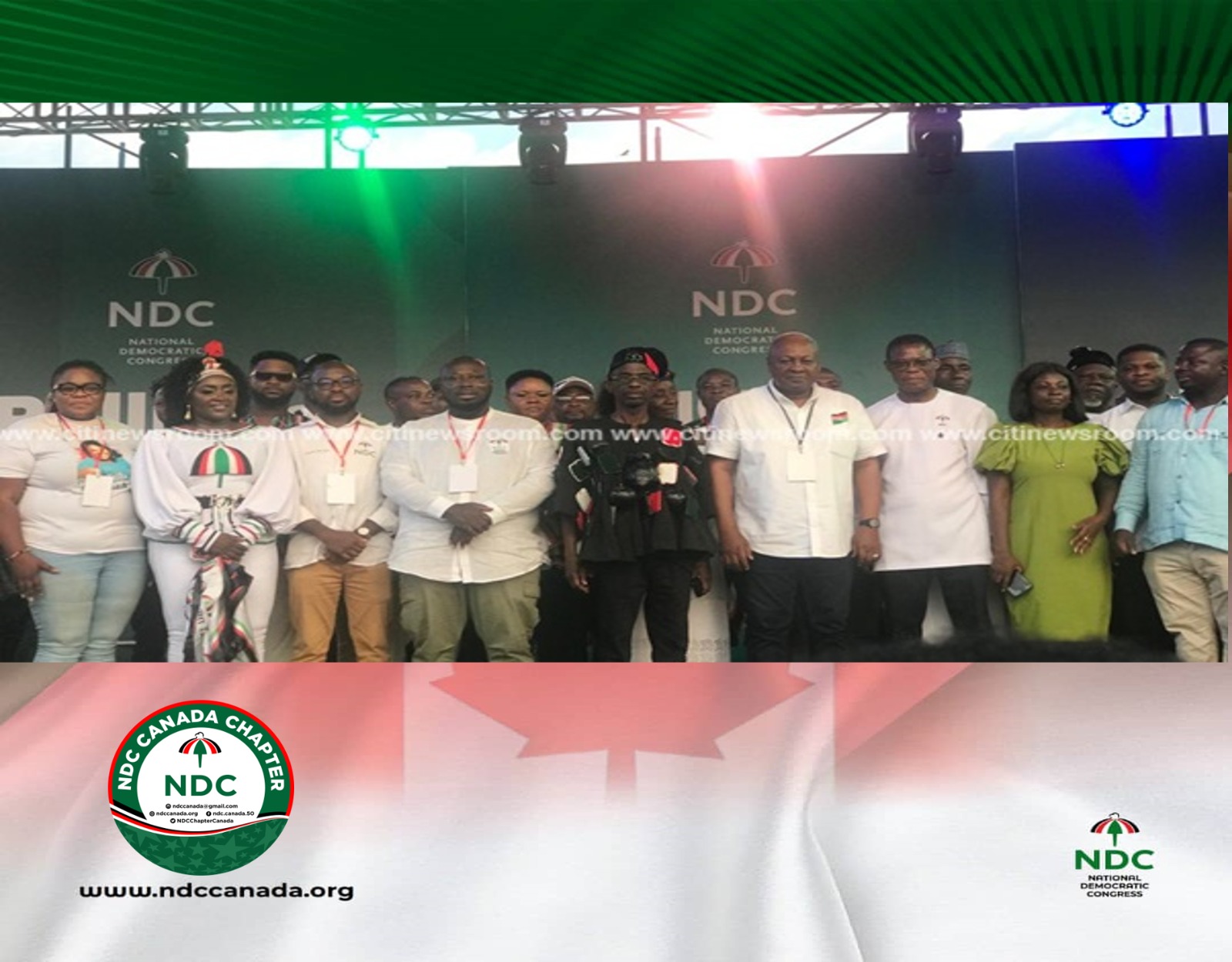Former president John Dramani Mahama attends NDC UK and Ireland Chapter meeting; bemoans the current state of the Ghanaian economy

Former President John Dramani Mahama graced the UK and Ireland Chapter’s 2023 maiden meeting which took place in London on 28th January, 2023.
It was a mammoth gathering of over five hundred party executives and members across all the branches of the chapter including Scotland and Ireland as well as supporters and sympathisers of the party.
Former president John Dramani Mahama responding to questions from the gathering who were concerned about the loss of their investments in bonds and other forms of investments in Ghana sympathised with those who have lost money in government bonds that are supposed to be the most secure form of investment. Former president Mahama acknowledged the fact that these are Ghanaians who worked so hard in the cold and unfriendly weather conditions and invested their money in what is supposed to be the most secure form of investment in any country only for the Akufo Addo led NPP government to unilaterally decide to include them in a domestic debt exchange programme. He went on to say that it was unfortunate because it affected some old and vulnerable people both in Ghana and abroad. He noted that it has the danger of discouraging investment into the country by Ghanaians who lived abroad.
Speaking on the cost of living crisis in Ghana and inflation, former president Mahama encouraged Ghanaians abroad not to shy away from supporting family members back home because prices of goods and services were beyond the reach of ordinary people and very unstable.
Former president Mahama bemoaned the level to which the Akufo Addo government has driven the Ghanaian economy to unsustainable debt level through uncontrolled foreign and local borrowing which has led the country to it’s current economic challenges. He said when he was president, his government deliberately controlled borrowing so as not to drive the economy to the ground and disrupt the gains and economic progress that were being made. He reminded the gathering that the IMF, World Bank and other international organisations predicted a growth of about 8% in 2017 as a result of the heavy lifting his government did in previous years. Sadly, the Akufo Addo and Dr. Bawumia led NPP government with finance minister Ken Ofori Atta whose Bank has received huge commissions from all the borrowings have led our country down the economic abyss.
He promised that a future NDC will work hard to restore the country to the path of growth through hard work and revive confidence in the Ghanaian economy once again.





